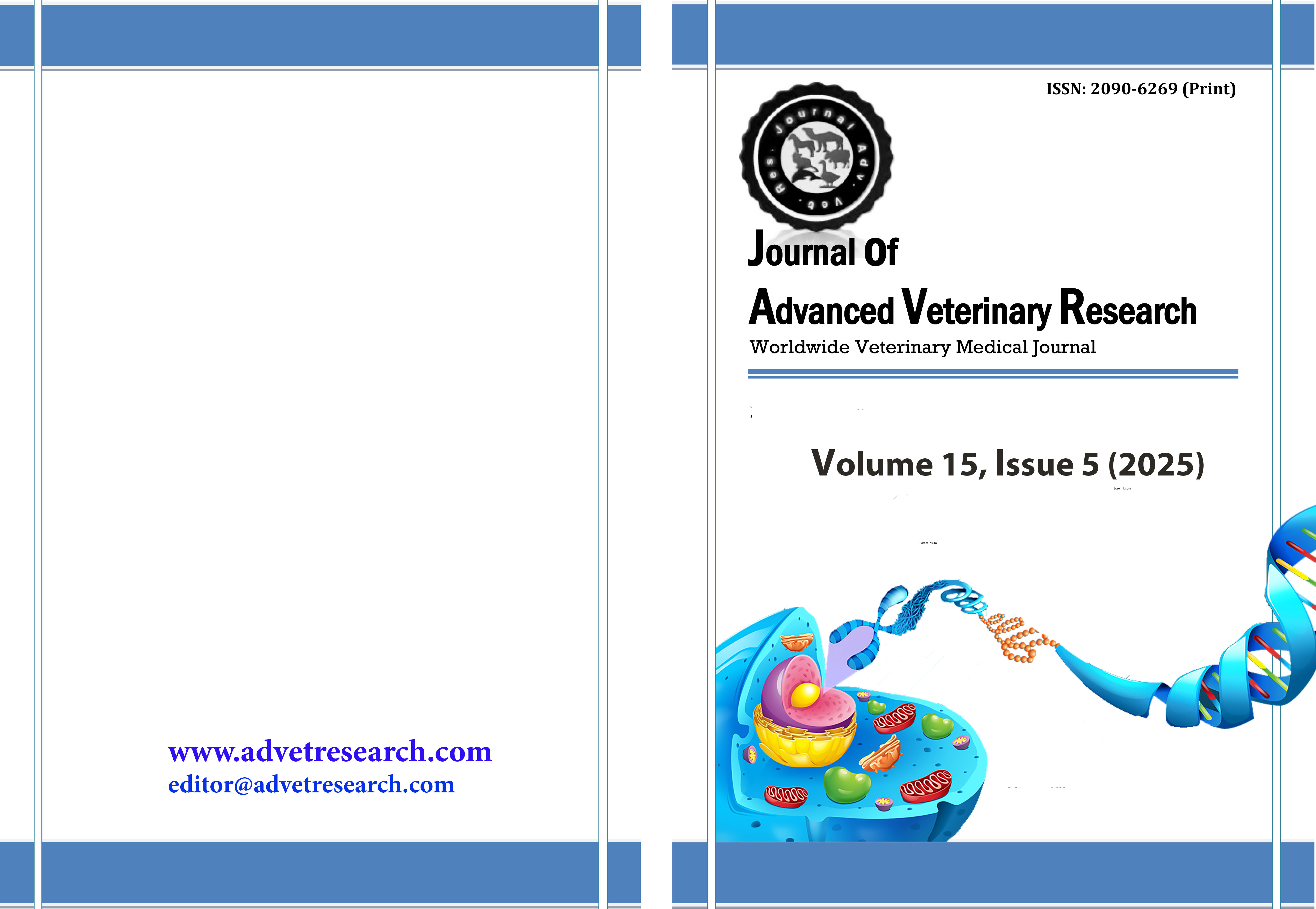Utilization of soy sauce waste and citric acid to improve the quail performance and digestive tract profile
Keywords:
Quail, Soy sauce waste, Citric acid, Performance, Digestive tractAbstract
The study aimed to examine the use of soy sauce waste and citric acid as additives on the morphology, microbiota of the digestive tract in quail after passing the peak egg production phase. As experimental animals used 200 female quail aged 28 weeks. The experimental design used a completely randomized design with 4 treatments and 5 replications, each replication consisting of 10 quails. The treatments are T0: Control treatment (Basal feed without soy sauce waste and citric acid), T1: Basal feed + Soy sauce waste, T2: Basal feed + Citric acid, and T3: Basal feed + Soy sauce waste and citric acid. Data were analyzed by analysis of variance and continued with Duncan's Multiple Range Test. Feed consumption was increased (P<0.05) in T2 compare to T1 and T3. Hen daily production was increased (P<0.05) in T2 and T3 than T0 and T1. Feed conversion ratio was decreased in T3 compared to T0 and T1. Weight and lenght of small intestine was increased (P<0.05) in T0, T1, and T2 compared to T3. Weight and lenght ratio of proventriculus was increased in T1 than T0, T2, and T3. pH of duodenum and jejunum was increased (P<0.05) in T0 and T1 than T2 and T3. Ileum pH was increased (P<0.05) in T2 and T3 than T0.. In conclusion: The addition of soy sauce waste or citric acid and a combination of both can improve performance and the profile of the digestive tract.
Downloads
Published
How to Cite
Issue
Section
License
Copyright (c) 2025 Journal of Advanced Veterinary Research

This work is licensed under a Creative Commons Attribution-NonCommercial-NoDerivatives 4.0 International License.
Users have the right to read, download, copy, distribute, print, search, or link to the full texts of articles under the following conditions: Creative Commons Attribution-NonCommercial-NoDerivatives 4.0 International (CC BY-NC-ND 4.0).
Attribution-NonCommercial-NoDerivs
CC BY-NC-ND
This work is licensed under a Creative Commons Attribution-NonCommercial-NoDerivatives 4.0 International (CC BY-NC-ND 4.0) license




